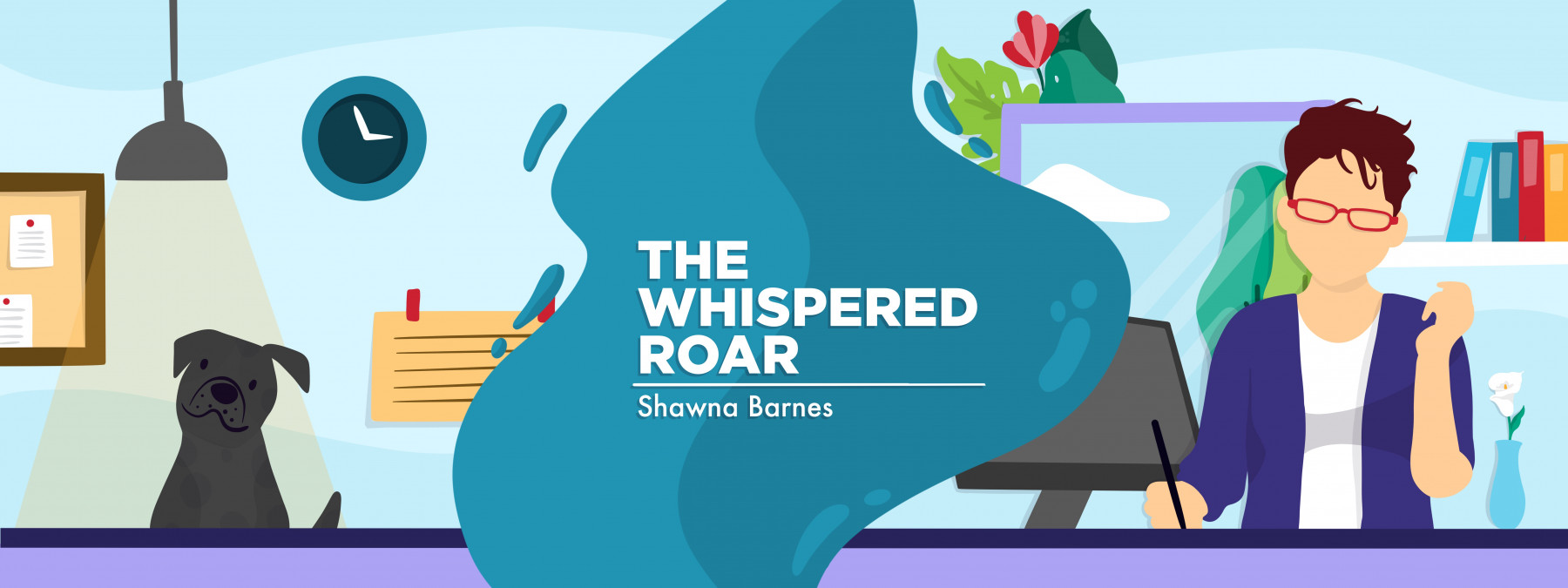Why do we experience weakness and falls with myasthenia gravis?
A columnist explores some common challenges among those with MG

I’ve seen these questions pop up in myasthenia gravis (MG) forums more times than I can count: “Why do we get weak? Why do we fall?”
If you live with MG, you’ve probably asked it, too — sometimes out loud, sometimes in that quiet moment after your tush has kissed the floor for the third time in a week.
So I figured it was time to talk about it. Not in a clinical, sterile way, but in a real-life, how-do-I-not-bust-my-hip-again kind of way.
So why do we get weak?
In MG, our immune system thinks it’s helping when really it’s just being a jerk. For most people, MG is caused by antibodies that effectively block the communication between nerves and muscles — specifically at the neuromuscular junction, where the message to move is supposed to be received loud and clear.
But for us? That message gets jammed. Static on the line. Dropped calls, if you will.
The result? Our muscles wear out faster than a toddler at a bounce house. The more we use them, the more they rebel. We go from “I’m fine” to “nope, I’m on the floor now” quicker than a hiccup.
It’s not laziness. It’s not lack of willpower. It’s biology.
And why do we fall?
Let me count the ways: It feels like our legs forget how to move, our feet catch on invisible air, our balance goes on vacation without leaving a note, fatigue hits like a wall out of nowhere, or our eyes like to double the world at the most inopportune times.
These reasons may not be true for everyone with MG, but the people I know with the condition have experienced at least one of them. We fall because MG is unpredictable.
Here are three tips I use to help prevent falls:
1. Bite-sized efforts win the race. Split your tasks into small chunks. Grocery trip? Sit in the car for a few minutes before walking in. Folding laundry? Do it in rounds. We’re not machines. We’re more like old smartphones: still functional, just not built for back-to-back Zoom calls.
2. Use the dang grab bar. If you have the option to add safety gear — grab bars, shower chairs, bed rails — to your home, do it. These are your power tools, not signs you’re giving up. They’re little things that help you keep your independence longer.
3. Have a fallback plan. Always keep a phone close. Let someone know if you’re doing something that might require backup (hello, stairs). And practice how to safely get up if you fall. It’s not admitting defeat; it’s preparing like the badass you are.
MG might knock us down, but it doesn’t define how we get back up. And if you’re reading this while resting post-fall, here’s your reminder that falling doesn’t mean we’re failing. It means we’re human, living with an unpredictable and frustrating condition. But that doesn’t mean we’re helpless. It just means we need a little more strategy and support.
And hey, if you do fall? Be kind to yourself. Laugh if you can. Cry if you need to. And then get back up, knowing you’re not alone.
Note: Myasthenia Gravis News is strictly a news and information website about the disease. It does not provide medical advice, diagnosis, or treatment. This content is not intended to be a substitute for professional medical advice, diagnosis, or treatment. Always seek the advice of your physician or other qualified health provider with any questions you may have regarding a medical condition. Never disregard professional medical advice or delay in seeking it because of something you have read on this website. The opinions expressed in this column are not those of Myasthenia Gravis News or its parent company, Bionews, and are intended to spark discussion about issues pertaining to myasthenia gravis.








Marcia Lester
I have multiple autoimmune diseases and heart disease. I'm almost 75. I was finally diagnosed with MG at age 34. Because steroids have caused osteoporosis and osteopenia, my ribs have been broken multiple times from my falls. I have decided to get a neurology work up to find out why these falls are happening. My MG is supposed to be in remission.
Marcie Newell
Funny that I’m reading about muscle weakness right now. Spent all day-yesterday-sleeping. Even slept most of the night. Woke up to pouring down rain, got thru feeding the cats & making coffee. BUT by the time I got out of the shower I was hardly able to move. However, I had a PT Evaluation appointment 1 1/2 hr away from home. Barely able to walk w/cane to friend’s car-let alone breathe. Finally got mostly back to normal, but still very weak. Had 1 1/2 hr evaluation for my need fora scooter so I can remain self sufficient. Looks like I passed👏 but still need to work the Medicare/Medicaid system. Especially how am I going to get a lift for my car? All of this because I have gMG and my muscles are continuously unreliable (Bone on bone left hip doesn’t help either). So-thanks for letting me vent about my muscle weakness today 😻.